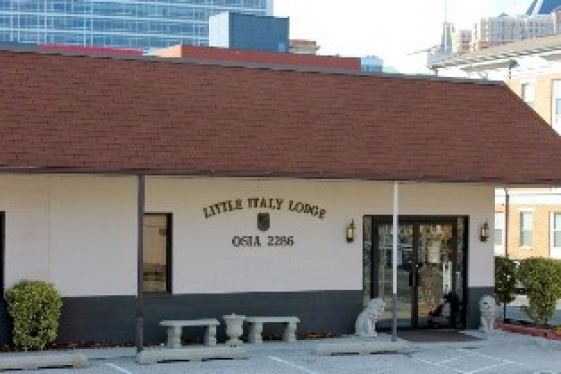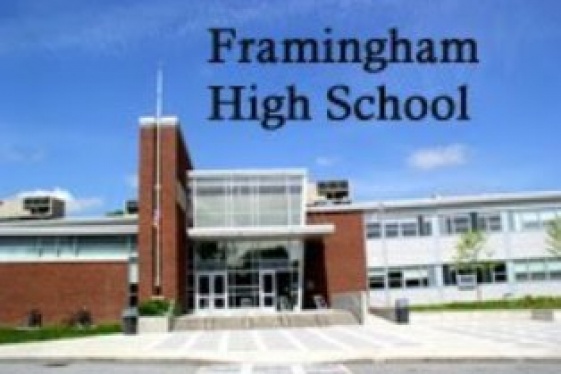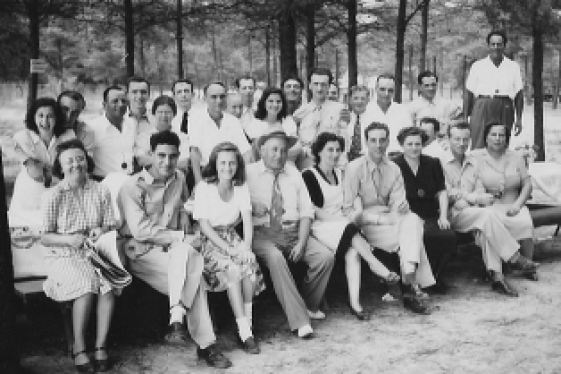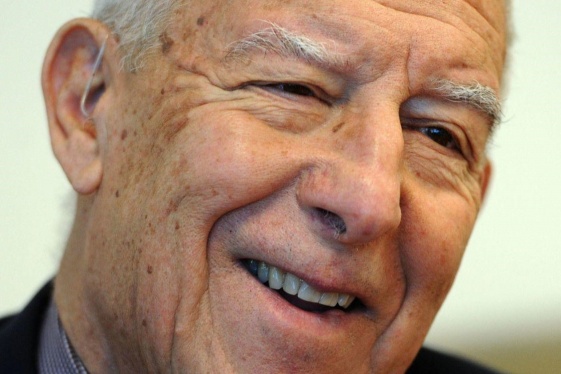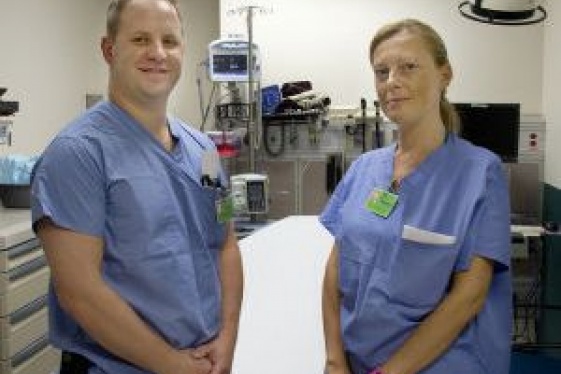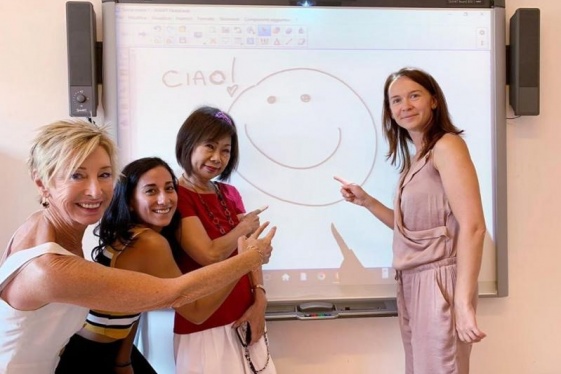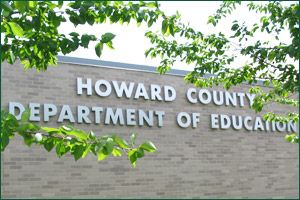
Italian language instruction taking hold in Howard County schools

You can hear their passion for teaching the language, a Viva Italia! enthusiasm they hope to make infectious to those who sign up for the courses.
For Italian language teachers Catherine D'Ascoli of Wilde Lake High School and Peter DiMarco of Hammond High School, the stream of students interested in the language has been, for the most part, unabated.
In Howard County, Italian is taught at Wilde Lake, Marriotts Ridge, Hammond and Reservoir high schools. And though the offerings pale in comparison to those in Spanish and French — which are offered in all county high schools and middle schools — they make Howard a rarity among local schools when it comes to teaching Italian.
Soon that could change — not just locally, but nationwide. Efforts led by Italian government officials in recent years have helped ensure that American schools have the resources to match students' interest in the language.
D'Ascoli and DiMarco say that interest is expanding in Howard County, and the school system has expanded its scope of programs to match. In April, D'Ascoli will take students on a nine-day tour of Italy to immerse them in the language. The school system began the annual trip in 2008.
"The interest is there. The problem is having enough teachers to put it in every high school," said DiMarco, department chair of foreign language programs at Hammond. He has been teaching for 23 years at Hammond, where he helped launch the Italian language program. D'Ascoli came to Wilde Lake this year and has replaced former Italian teacher Laura Farro, who is now a world language resource teacher for the school system.
Howard seems to be at the leading edge of the Italian revolution. According to the Maryland State Department of Education's World Language Enrollment database, Carroll and Harford counties do not offer Italian courses at all. Baltimore County offers Italian at the high school level, and in Anne Arundel County, officials say Italian is taught at two high schools and one middle school. Baltimore City offers no Italian in middle or high schools.
Statewide, Italian is not taught in any elementary school, although other languages — Chinese, French, Spanish and Russian — are taught at some elementary schools.
At the middle-school level, 506 students are enrolled in Italian language classes across the state this year, compared with 55,477 in Spanish, 12,284 in French and 1,405 in Chinese. In high schools, 1,977 students in Maryland are taking Italian, ranking behind those enrolled in Spanish (103,552), French (26,363), Latin (5,445), German (4,464), American Sign Language (3,306) and Chinese (3,133).
DiMarco said it's a rarity for a school to hire an instructor who teaches Italian alone. "If you're going to start a program, you better learn to teach something else, because you're not going to get five sections of the program right off the bat," he said.
Luigi Scotto, counsul general of Italy for the region, which includes East Coast states from New Jersey to North Carolina, said the Italian government has made it a priority to make the language more widespread in America. Leading the way in the effort, he said, is Italian foreign minister Giulio Maria Terzi di Sant'Agata, a former ambassador.
"This is a priority for our foreign policy in the U.S.," said Scotto, who is based in Philadelphia and hopes to visit Maryland and local school officials soon to talk about developing the programs further.
Daniel L. Stabile, president of the Washington-based National Council for the Promotion of Italian Language in American Schools, said efforts by the Italian government and his organization led to the reinstatement of Italian as an Advanced Placement college credit course two years ago, after it was discontinued in 2009.
The group is now raising money to assist teacher development courses, working with superintendents and offering scholarships to Americans who want to visit Italy to study the language there.
"This has been a major effort by the Italian government to reinstate the AP language program," DiMarco said. "But the Italian government has since rethought this because language is so popular that they are really investing more money in publicizing it."
D'Ascoli said that upon graduating from Boston College, she took part in a program to that allowed American students to go to Italy, immerse themselves in the language and culture, and teach English there. The goal, she said, was to increase the numbers of American-born Italian language teachers in the U.S. She said she attended an Italian embassy event where officials encouraged the same program locally.
"They were speaking about their excitement about having programs where students could major in Italian and secondary education to become Italian teachers," D'Ascoli said.
D'Ascoli said the tour of Italy will include Florence, Pompeii, Rome, Assisi and Sorrento.
"We are starting in the north of Italy and working our way down," she said. "It's a lot of cities, but they got so much exposure out of it in going to more cities in less time in each city as opposed to staying in one city for longer."
A little closer to home, Howard teachers take students to Baltimore-area Italian restaurants and have also organized field trips to take in operas in Washington.
Farro, who took students on the inaugural Howard County journey to Italy while at Wilde Lake, said school officials look for more ways to enhance the classroom experience.
"The only way to obtain the language is to go beyond the 50 minutes in a language class," Farro said. "Because you're teaching a language that is less commonly taught, the assumption is that you're going to get kids that are highly motivated. But you get everybody. Some of the work is for teachers to be engaging."
by Joe Burris / Baltimore Sun
You may be interested
-
2015 scholarship competition
The La Famiglia Scholarship committee is pleased to announce the financial aid competition...
-
Italian eateries make their mark in Montgome...
By Stephen Green While Tex-Mex is easily the most uniquely Texan food and barbecue is a u...
-
Italian world language teacher 2015-2016
FRAMINGHAM PUBLIC SCHOOLS - JOB DESCRIPTION TITLE: World Language Teacher - Italian...
-
Visiting Italian POWs
by Suzanna Molino During World War II (1941–45), the U.S. Army had captured and s...
-
'Augie' Miceli, longtime Calvert Hall footbal...
Augustine “Augie” Miceli Sr., the longest-tenured faculty member at Calvert Hall College H...
-
'Classic' Italian food at this Germantown res...
Chef Carmelo Gabriele is rolling out a new menu at the restaurant that he and his brother,...
-
'Fantastic' exchange thrills Italian doctor,...
Two doctors on opposite sides of the Atlantic Ocean have set up their own international ex...
-
'Italy Stay Strong': What The Coronavirus Eme...
On the northern coast of Sicily, looking out toward the magnificent Aeolian Islands, Milaz...



